Fuchsia is a small church with numerous flowers of all sorts of shades and forms. This beauty from South America was so firmly loved by flowers that she began to grow around the world. Fuchsia can grow in the garden or decorate the window sills and balconies in your home. Fuchsia rarely capricious, if you provide her comfortable conditions. How to care for fuchsia at home so that she pleased with blossom and did not hurt?
Fuchsia, description
The homeland of an unusual beauty whose inflorescences resemble fabulous lanterns - the southern and central regions of America. In nature, more than hundreds of types of Fuchsia grows freely, many of them are successfully cultivating and have already acquired a varietal abundance.
Fuchsia's discoverer was Botanic Leonard Background Fuchs. The spread of the plant began from England, where Fuchsia was taken from Chile in the XVIII century. And since the XIX century, the plant began to actively cultivate across Europe and brought a lot of varieties.
- Fuchsia (Gypsy Earrings, Elf flower) - a long-term tree shrub of the Cylet family. The height of the plant reaches 80 cm.
- The above-ground part of the plant is a branched bush, consisting of flexible shoots, which are thickly covered with shallow green foliage with a weak reddish.
- Placed leaflets opposedly, their form is oval-lanceal. At the tips of the leaves pointed, around the perimeter - gear, length of 3-5 cm, in some species - up to 20 cm.
- Fuccia flowers are long and very abundant. Color coloring is different - dairy, allay, lilome, buggy, dark blue. Buds can be a simple or terry form. Fuchsia flower at home blooms from the beginning of spring to cold weather.
Fuchsia, types and varieties
Now there are quite a lot of types of fuchsia, each of which has no one dozen hybrids. All of them are beautiful in their own: they may have the most incredible colors of buds, different periods of flowering and shapes.
Three-line fuchsia
- Average bush up to 60 cm in height. The view is quickly growing, stitching, so it looks beautiful in the suspended vases.
- Leaves at the species are elongated (up to 8 cm), egg-shaped. The top of the leaf canvas is green and red, and the bottom is a chocolate-bug. Strangings, covering leaves, have a cannon.
- Flowers of this fuchsia resemble delicate bells. Chasles bright red, form brushes. Flowers in May-October.
- In the summer, it grows perfectly in the garden, but the winter is exclusively in the house. This fuchsia, care at home for which is very simple, used to create chic flower compositions, loggia design and veranda.
Mageldala Fuchsia
- In the natural medium, the bush can reach 3 m in height. In the flat conditions, the size of the bush is more compact - up to 1 m.
- The leaves of medium sizes, purple color with streaks of a darker color and a characteristic flush. The varieties of this fuchsia are grown in the form of a miniature church or compact bushes.
- Blossom lasts until October. The species is influenced by endurance, so when it is properly prepared, the winter on a glazed loggia. If the plant winter in the room, he is provided with the coolest place. This property of the species is used in the design of showcases, halls, office space, veranda.
Lying Fuchsia
- Lying, or fluttering fuchsia - a creeping appearance, which became a source of ampel species.
- Flowers view throughout the spring and autumn months.
- The color of buds from pale pink to bright orange.
- Simple cultivation of this fuchsia at home allows you to quickly and spectacularly leake balconies, conference rooms, lobby.
Sparkling Fuchsia
- At the type of large foliage with gear edges up to 20 cm long.
- Flowers Simple pink-red, collected in the brush of 4-5 pcs.
- Twigs in an adult plant semi-resistive, red shade.
- The view effectively decorates residential and office space.
Elegant Fuchsia
- It is a kind of Mageldine Fuchsia.
- It is also quite high (up to 1 m), she has pretty large flowers, juicy greens.
- Flowers are sitting on thin fruits. Pestley color carmine-red, and stamen threads - red-purple.
- Blossom lasts in May-October.
Brilliant Fuchsia
- The species forms an elegant bush with thin shoots of red.
- Egg-shaped foliage, purple-green color.
- It is characterized by beauty of inflorescences - large bugs of crimson-raspberry colors are collected in large bundles.
- It blooms to the arrival of the cold.
Fuchsia Spling
- A densely fronted bush with unusual buds: a red tubular whisk is supplemented with green petals.
- Blossom can last year-round.
- At the view, a large and tasty fruit is up to 5 cm in diameter, which has a lemon flavor and aroma.
- The view is often grown as a large and beautiful branched tree to decorate spacious premises.
Bolivian Fuchsia
- The most spectacular look. Foliage is quite large, velvety.
- Coloros can reach up to 30 cm long and grouped into beautiful clusters.
- Coloring white and red buds.
Thin fuchsia
- In room conditions, it grows to almost two meters, while it is well amenable to decorative trimming.
- Foliage red-green, up to 20 cm long.
- Flowers from light purple to black and purple color.
Bright red fuchsia
- Fuchsia has an interesting foliage in the form of an elongated heart and graceful bright red inflorescences with purple inserts.
- The view blooms from April to October.
- Grind as an ampel plant.
Fuchsia hybrid varieties
Hybrid fuchsias enjoy great popularity. They are divided into several categories depending on the form of the above-ground part: the bush, ampel, semi-seat varieties.
Varieties:
- MRS.POPPLE - a bright hybrid with crimson cups and dark lilac petals;
- Margaret - bright purple sewers contrasting with pink-purple pestles;
- Chillerton Beanuty - Dark green velvet greens and pink-purple buds;
- Brutus - a combination of long saturated green leaves up to 7 cm in length and red-purple colors;
- Thalia - lifestyle flowers with bright yellow-orange inflorescences;
- Mantilla - Ampel grade with waterfall of velvet bright red colors collected in rich brushes;
- CoraLle - grade with velvet dark green foliage and simple flowerflowers with an elongated coral colors;
- Elfriede OTT - Fuchsia with simple, but very delicate flowers of a warm pink shade;
- Breevis Homerus - semi-overhaul fuchsia with terry buds; Purple couples, and the skirt purple-red;
- Bloemen Jetje is an ampel form with white terry colors; Dischalistic milk color with green ending.
Fuccus grades growing in the form of bushes and strawab trees need a frequent trimming and require a lot of space for themselves. While behind the fuchsia ampel care at home is simple, therefore it is the most common view in flower growing.
Room Fuchsia, home care
Despite the variety of types of fuchsia, care for each of them is similar. Tell how to care for this flower.
Fuccia, climatic conditions
Fuchsia will require certain conditions from you and if you create them, it will bloom.
- Temperature. Optimal indicators in summer + 18 ... + 23 ° C, in winter - to + 18 ° C. The violation of the temperature regime leads to the loss of decorativeness: the foliage pale, the flowers will fall, the bush will begin to root. If during the growing season, the temperature will be too low, the plant will stop in growth. In order to prevent errors, it should be remembered that in the summer and autumn fuchsia need light and warmth, and in the fall and winter - coolness and half the day.
- Location. For fuchsia, windowsill with orientation are suitable. But even here in the peak of the sun, the bush shares. You can position the fuchsia and on the northern windowsill, but you will have to provide additional lighting with lamps. If the Vazone is located on the southern windowsill, it must be transferred to halftime in the hottime.
- Humidity. For fuchsia, a humidity is needed at 50-60%. Too dry air will provoke the yellowing of foliage and fading colors. If the humidity in the room does not comply with the standards, it can be positioned near the fuchsia of the water container. In the sultry days the plant spray. If during this period, the fuchsia does not bloom, it is carried into the garden, in a halftime under the trees.
Advice! During the flowering period, fuchsia cannot be removed from a permanent place or deploy the vase - it will reset the buds.
Soil Requirements for Fuchsia
In order for the plant willingly bloom and not subjected to diseases, the soil is used with a loose-enriched organic. Any universal soil diluted with perlite, pine sawdust or coconut fiber is suitable.
Watering Fuchsia at home
- Watering is one of the main factors affecting Fuchsia flowering. If there is a slight overflow, it will somehow survive, then there is no long drought. The volume of water, the necessary flower, depends on the size of the pot, the structure of the soil, weather conditions.
- Water flower regularly. Watering is carried out until the soil is completely impregnated with water. After that, water that glass into the pallet is immediately drained so as not to cause root rotting. The next watering is carried out after drying up the top ball of the Earth in the Vazon.
- In summer, watering increases to 3 times a week or more often. At the same time, if the bush is noticeably crying, and the soil is very wet, it is not in the overproofing - Fuchsia overheated and needs to be shared and fresh air. With the advent of autumn, fuchsia is watered once a week, and in winter - twice a month.
Schedule of feeding Fuchsia
Fuchsia must be fed, otherwise it will not bloom. Make it every 14 days from April and before the end of flowering. You can use absolutely any fertilizers for decorative and blooming crops. Fertilizers only in wet soil.
In winter, the fuchsia is not feeding. Also do not make fertilizers within 1-2 months after a transplantation in a new vase with the replacement of old soil.
Fucese care in winter at home
- Plant resting period falls for the winter.
- To create comfortable conditions, the fuchsia is transferred to a cooler and dark room, where the temperature is held at + 7 ... + 15 ° C, for example, in a garage, glazed balcony or insulated basement.
- Lighting in this period she does not need.
- Once or two per month, the vase watered.
- In January-February, Fuchsia is taken to its former place.
Fuchsia reproduction at home
Fuchsia is easily multiplied with seed and vegetative method. You can easily choose any way and multiply your favorite flower.
Growing Fuchsia from seeds at home
The seed method allows you to grow many seedlings, most importantly, get high-quality seed material. Seeds can be purchased in a flower shop or assemble yourself. For this you need:
- Choose a maternal bush and remove anthers from the blossomy bud to warn self-pollution.
- Take pollen from another instance of Fuchsia and put on the pestle.
- Then polished flower to overturn with a paper bag.
- Wait for the fetal to extract seeds, dry them and carve them into the nutrient substrate.
How to grow fuccia from seeds:
- Seeds can be sown in separate containers, because they are large.
- In the light soil seeds close up for 1 cm.
- Capacities with seedlings are placed in a large container and build a greenhouse: covered with a film, immersed in a polyethylene package, hide under glass.
- The soil is ventilated daily, as they drop moisturize.
- After 14-18 days, the guy is cleaned. By this time, the seeds already spare.
- Within two months, seedlings are watered, provide light, and then transplanted into a permanent pot.
Fuchsia, reproduction with cuttings at home
The pavement is performed in this way:
- Cut 10-centimeter top cuttings.
- On the lower cut, the cutting foliage is removed, leaving 2-3 paristers of the upper leaves.
- The cuttings are rooted in water or wet soil.
- Then the container is covered with a plastic glass, creating the guy.
- Daily drag the cuttings and water it.
- After three weeks, the roots appear, and the plant is transplanted into the pot. Soil use universal.
Fuchsia, reproduction sheet
Having a certain experience, you can grow a new fuchsia bush from the sheet:
- Healthy sheet is cut together with a camp.
- Place it into the moistened soil and covered with glass.
- Support the humidity of the soil and ventilate the greenhouse so that short-range bacteria do not multiply.
- A month after the formation of roots, the young plant is transplanted into an individual pot.
Fuchsia, landing and care at home
Compliance with the rules guarantees a slight transfer of the plant planting.
Fuchsia landing at home
- The young fuchsia bush is never planted in large containers. For a start, choose a container with a diameter of no more than 8-9 cm. And only then annually transplanted the flower in the pots of more.
- At the bottom, the pot is definitely laid out drainage - ceramzit, pebbles, broken brick.
- The pot tightly fill the soil so that there is no emptiness. For this pot shake, before immersing the plant in it.
- The root plant of the plant is placed on the fastened layer of the soil and sprinkled with soil residues.
Fuchsia Condition at Home
The flower is transplant annually or as the root system grows. If you just purchased a pot with this plant, take a look at the holes in the bottom: if the roots are inconsistent, you can wait with a transplant, if you look more noticeably, the fuchsia is time to transplant.
Replanted the plant into a new vase with light ceramics or plastics to reduce the attraction of sunlight and avoid overheating root system. The new rone is chosen with a diameter of 3-5 cm more than the previous one.
How is the Fuchsia Change:
- Initially, pruning the above-ground part: about 30% of shoots are cut off. Get rid of those branches that weakened or damaged.
- Then the plant is extracted from the container and inspect the roots: if the traces of rotes are noticeable, the spoiled areas are cut off until a healthy tissue appears.
- Drainage poured into a new pot (it should be 1/5 from the capacity of the capacity).
- Conduct a transplant method of transshipment.
- The plant spray, the ground is plenty.
Trimming Fuchsia at home
Fuchsia crown regularly cuts off. This stimulates the powerful development of the aboveground part and the abundant formation of buds. Pruning is carried out not only before transplanting, but also throughout the whole period of vegetation.
- The first trimming is carried out in spring until the moment of bootonization.
- In the summer they carry out prophylactic trimming, removing too long shoots.
- If the fuchsia is grown in the form of a strambed tree, the crown is regularly cut off, removing all the disgraced side shoots as they are growing.
Why not blooms fuchsia at home
There are several reasons for the lack of buds:
- fuchsia did not fully "rested" in the winter;
- the plant has not been fed for a long time;
- it is organized too frequent watering;
- palked pot is not in size;
- the flower is experiencing a lack of light.
How to make bloom fuccia at home? Exclude all of the above factors and your plant will surely bloom.
Diseases and pests of Fuchsia
- The excess of moisture causes root or gray rot. Treatment is the processing of phuchsia phytosporin or foundazole and maintaining a suitable level of humidity and irrigation.
- Dry air and heat contribute to the appearance of a paustic tick. To get rid of pests, the plant is treated with soap solution or phytodeterm.
- Occasionally Fuchsia is amazed tool and nematodes. It is treated with an act and suspend spraying.

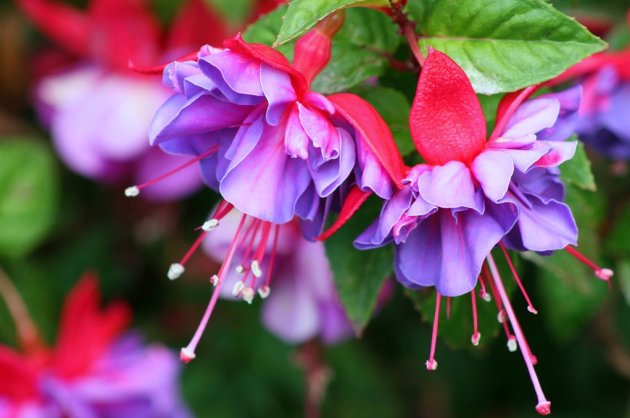


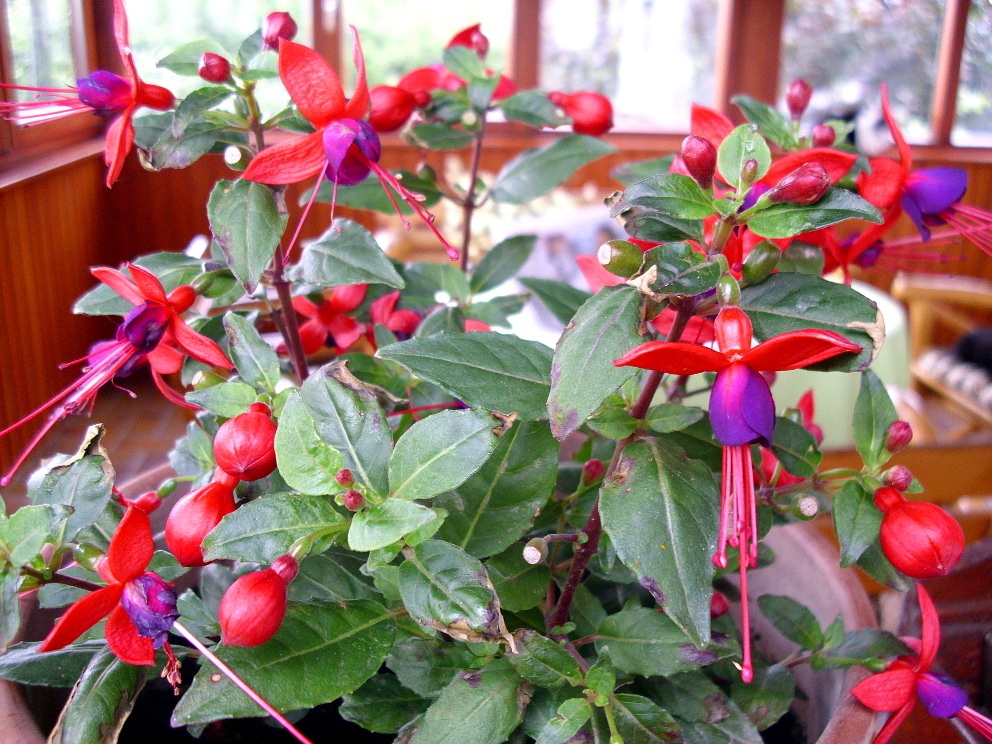
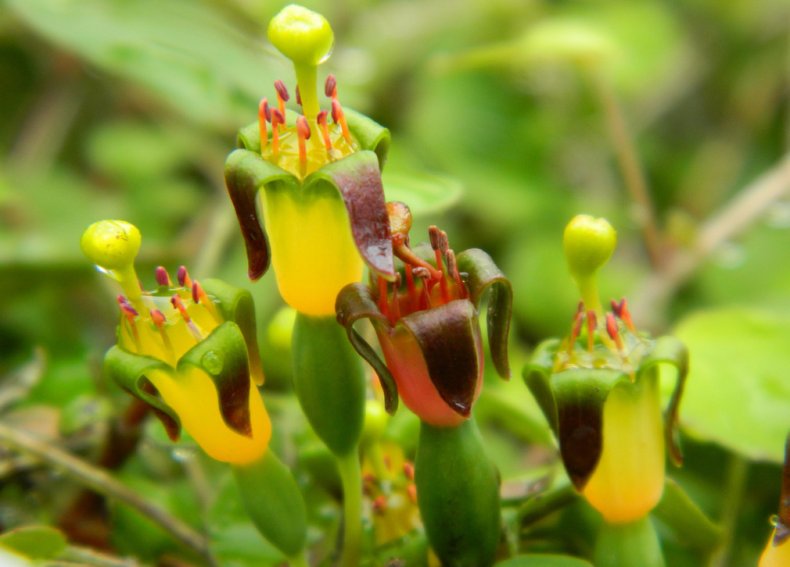
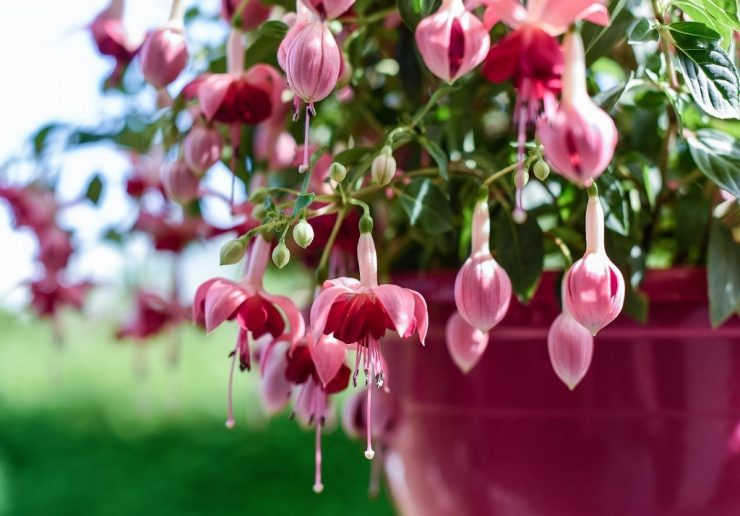
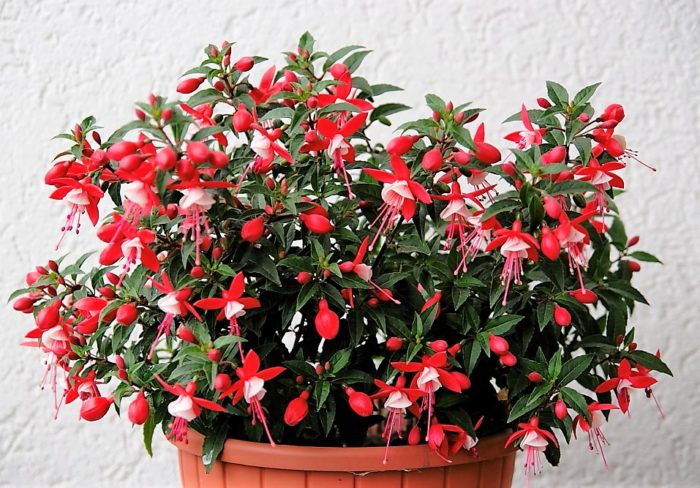
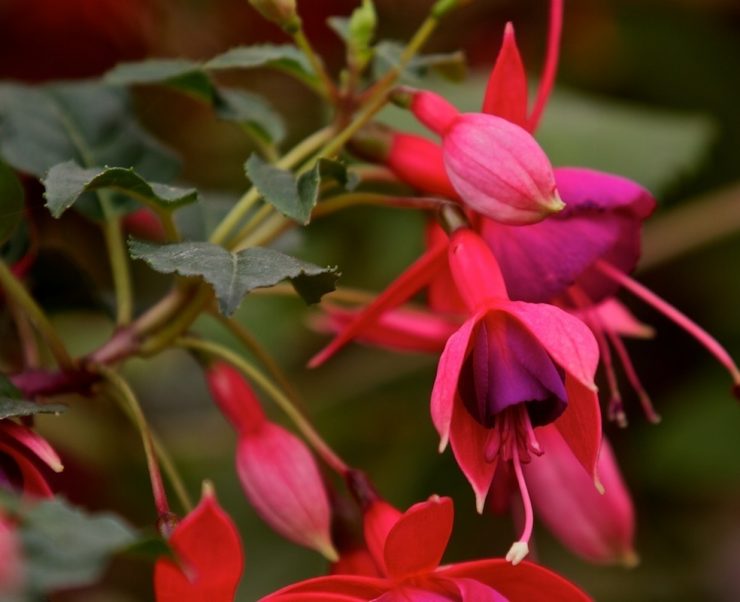
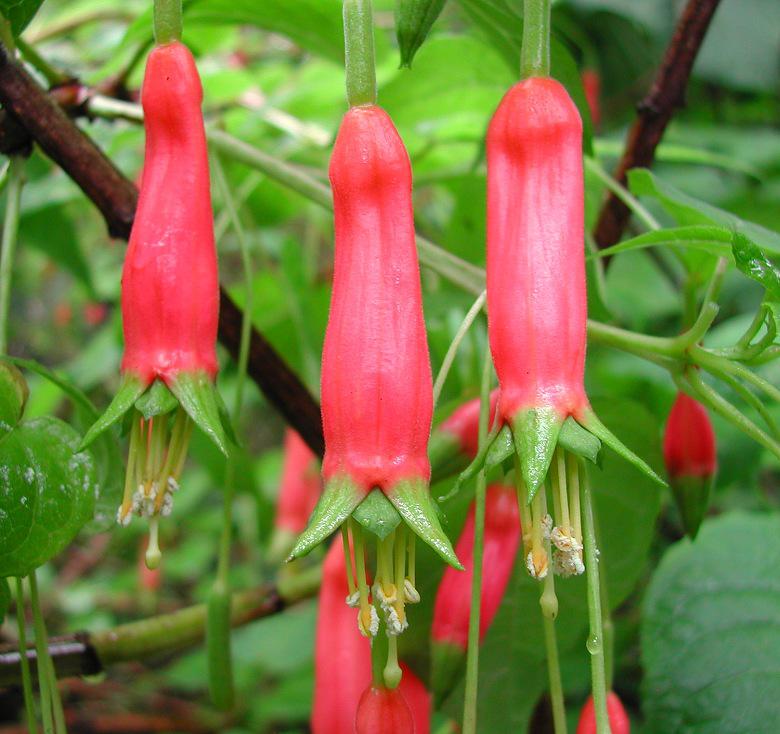
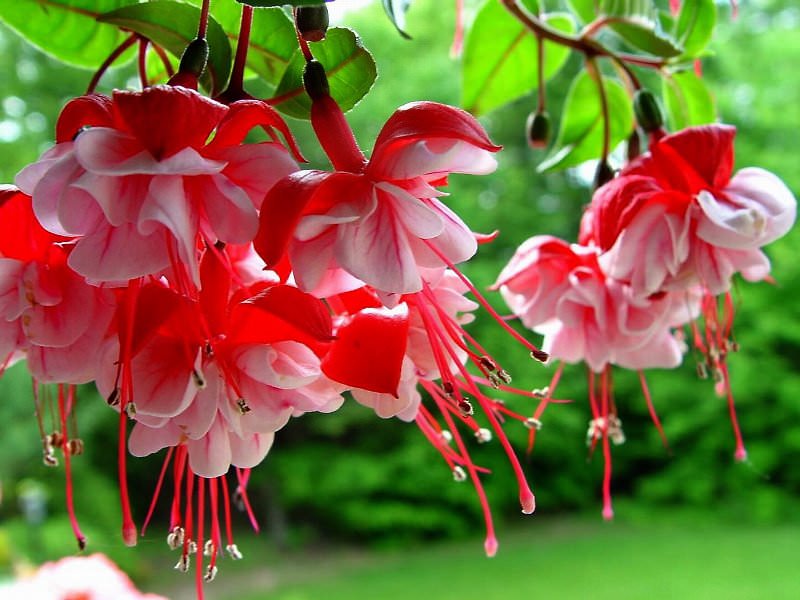

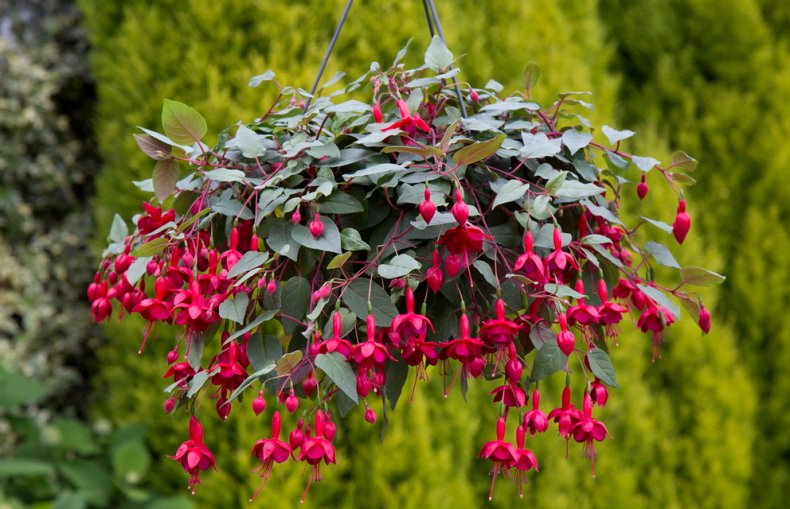
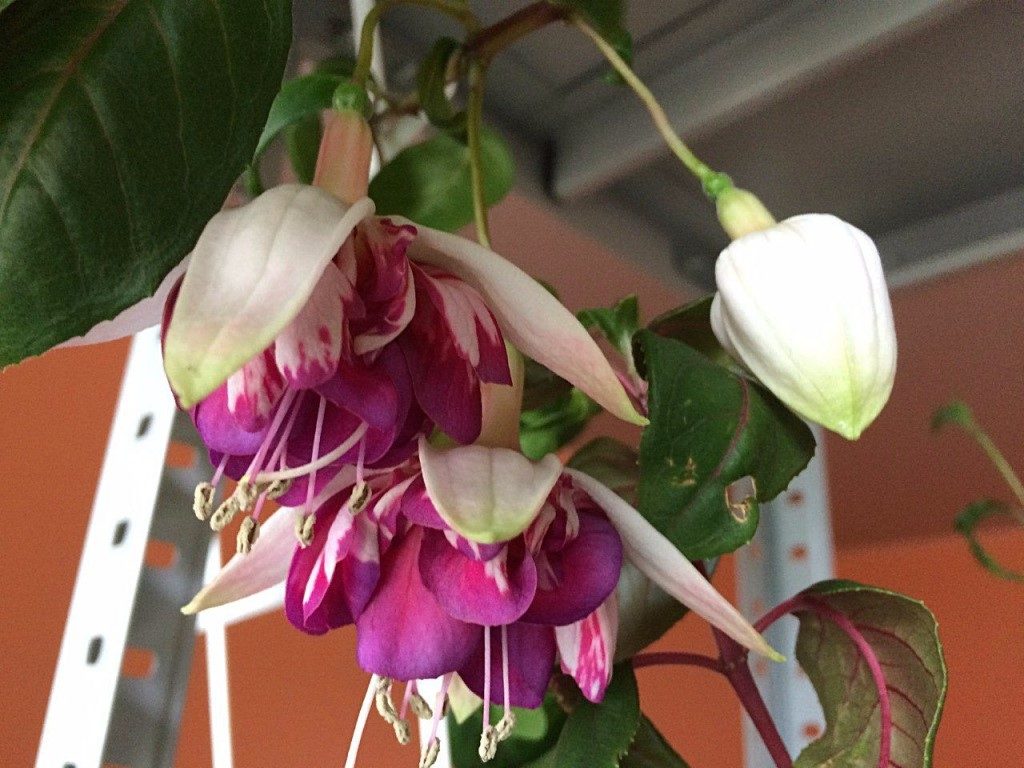
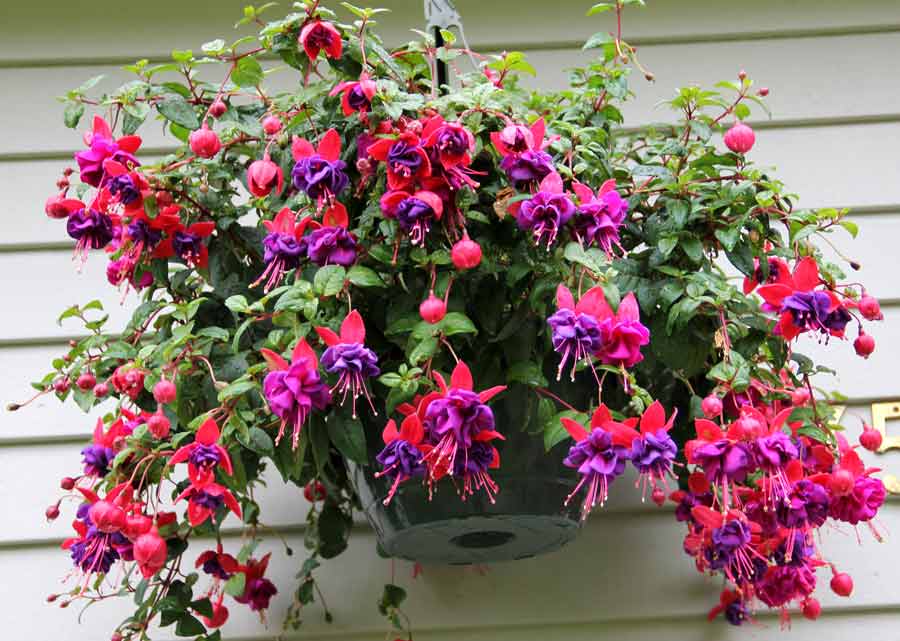
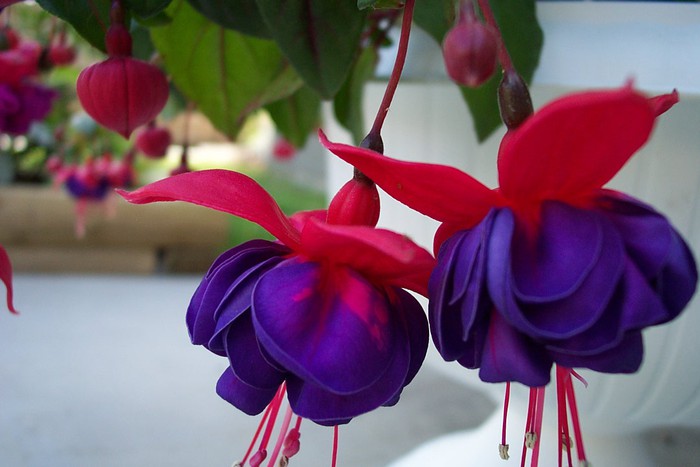
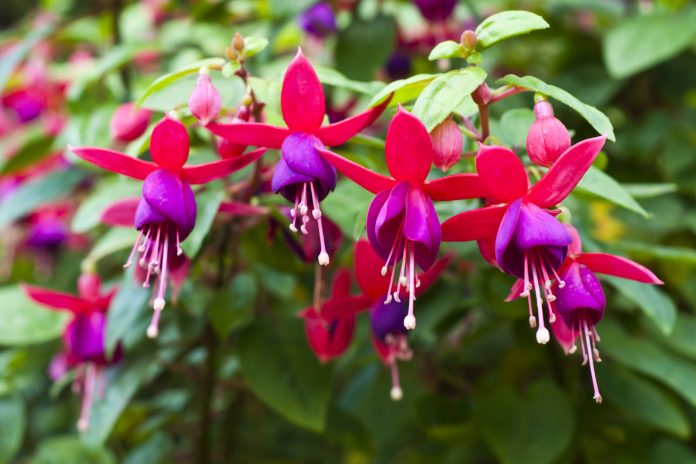
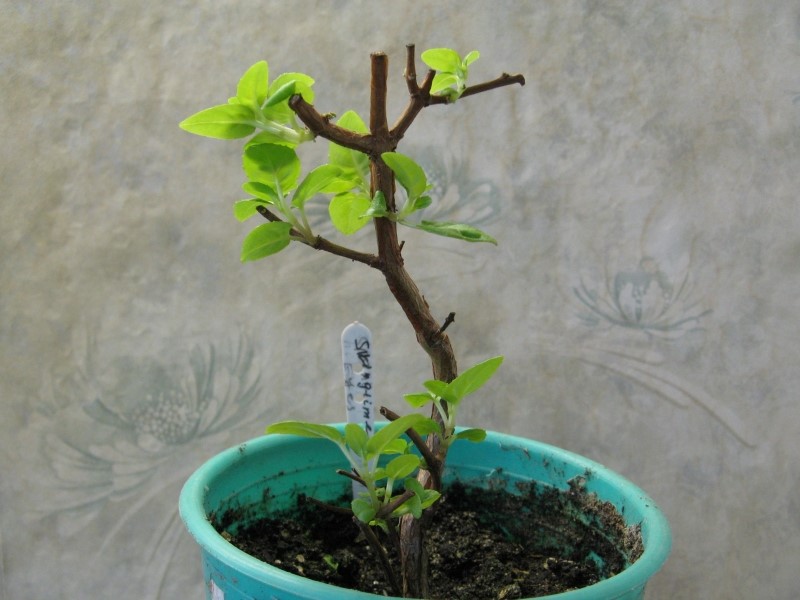
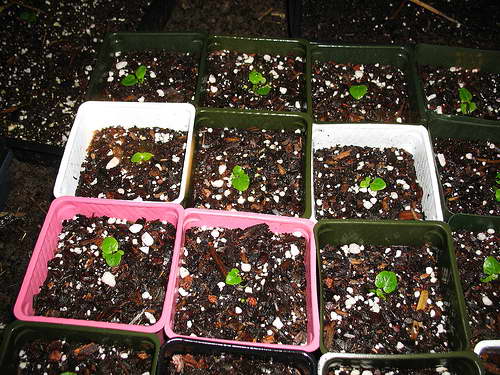
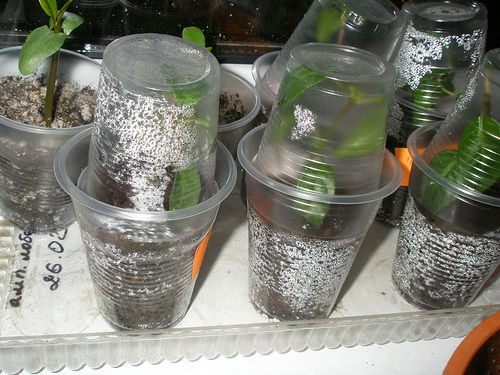

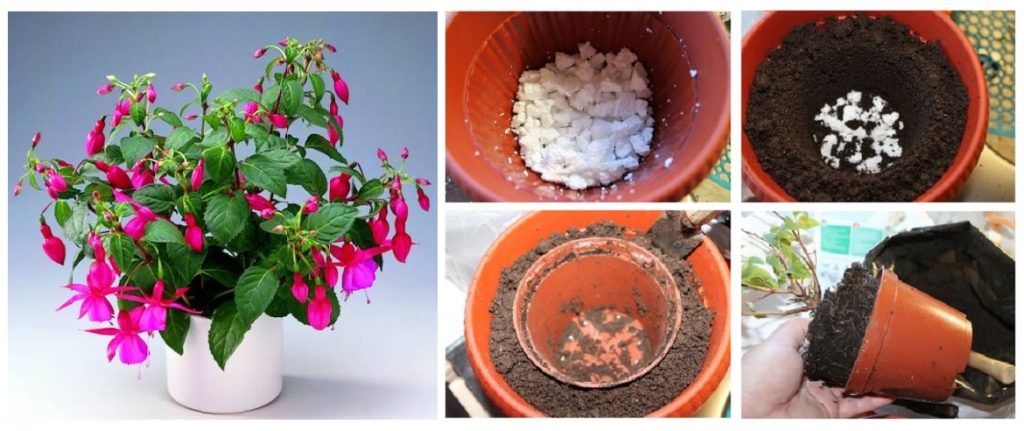
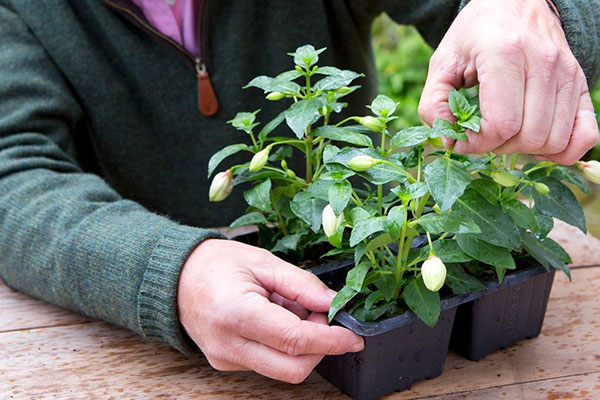
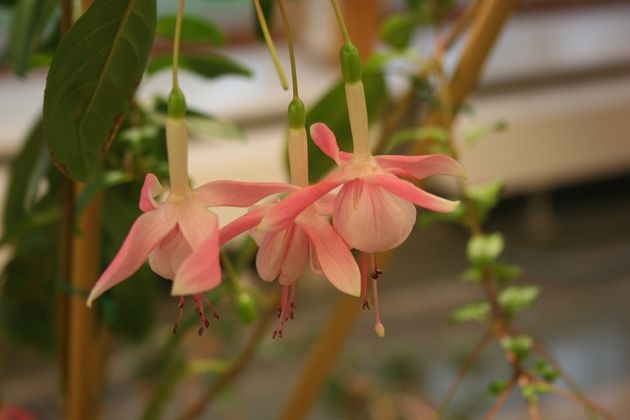
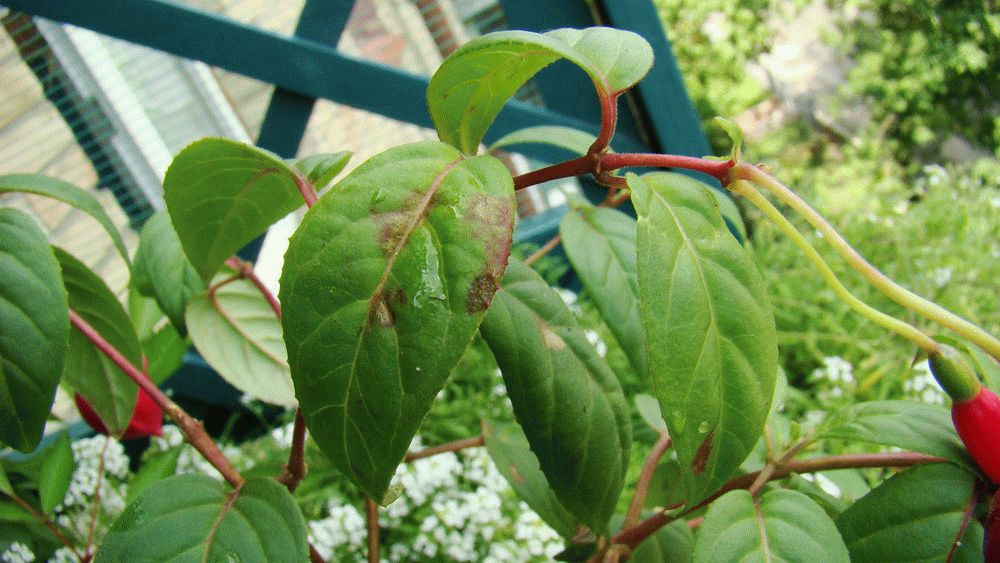
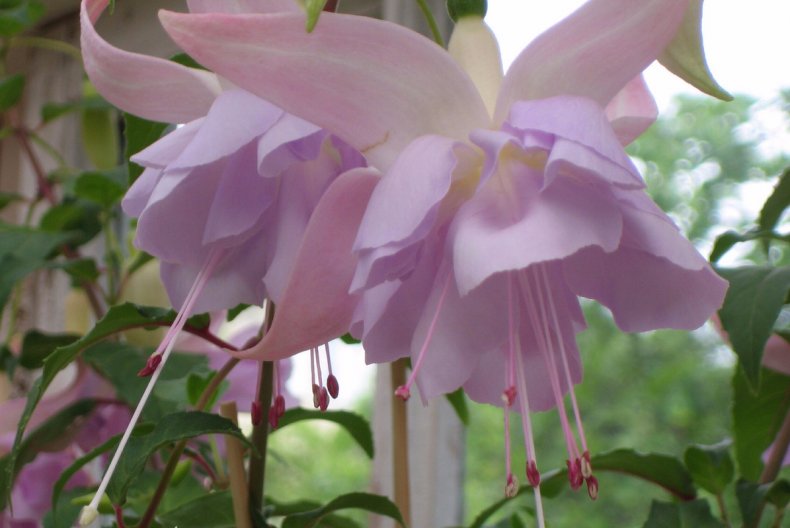

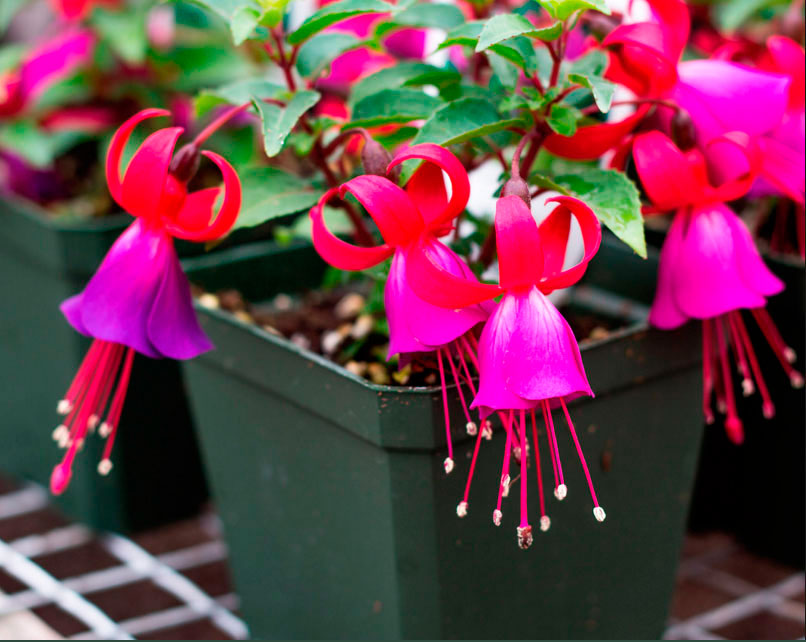

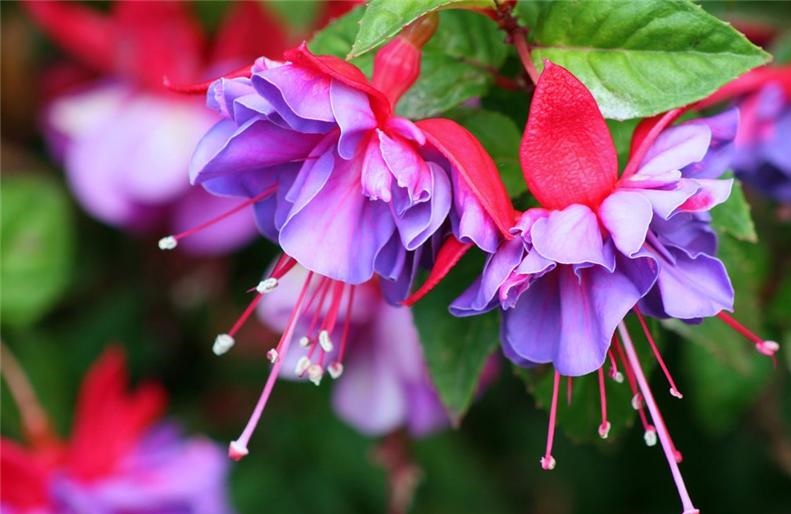





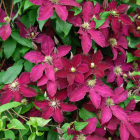
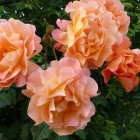

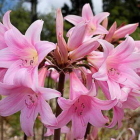

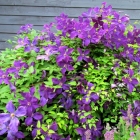
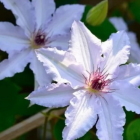
 Start a discussion ...
Start a discussion ...